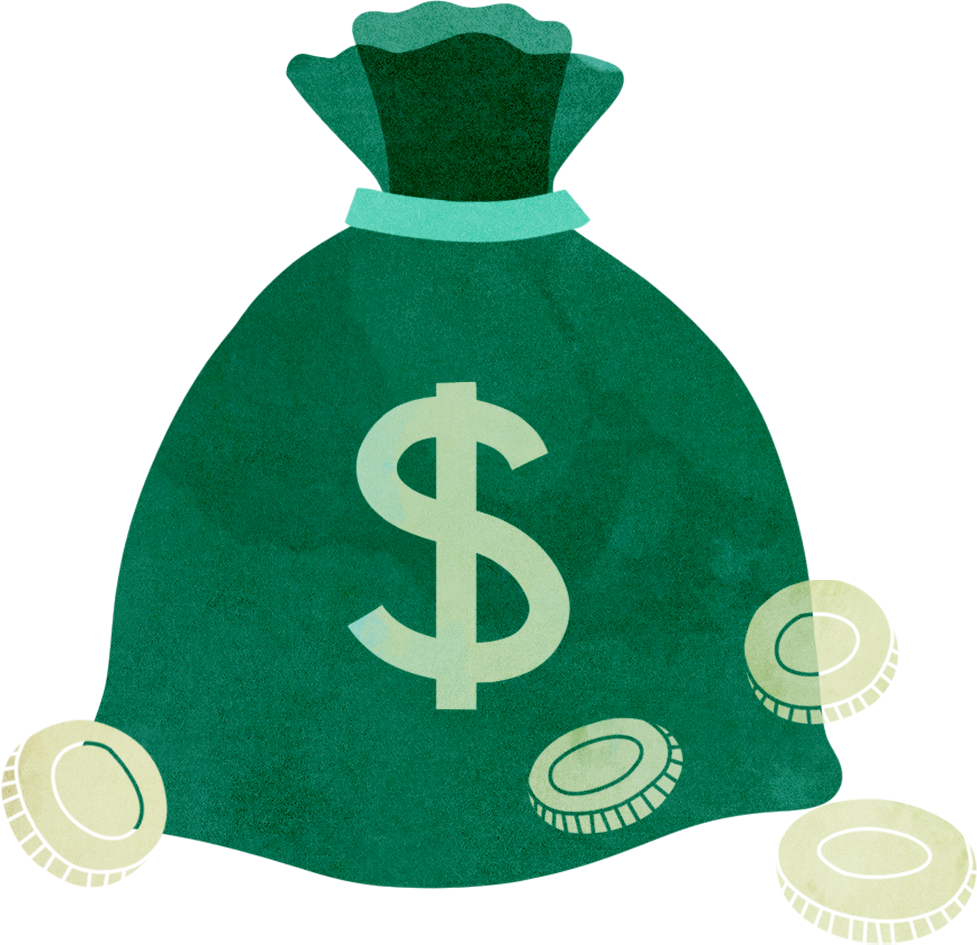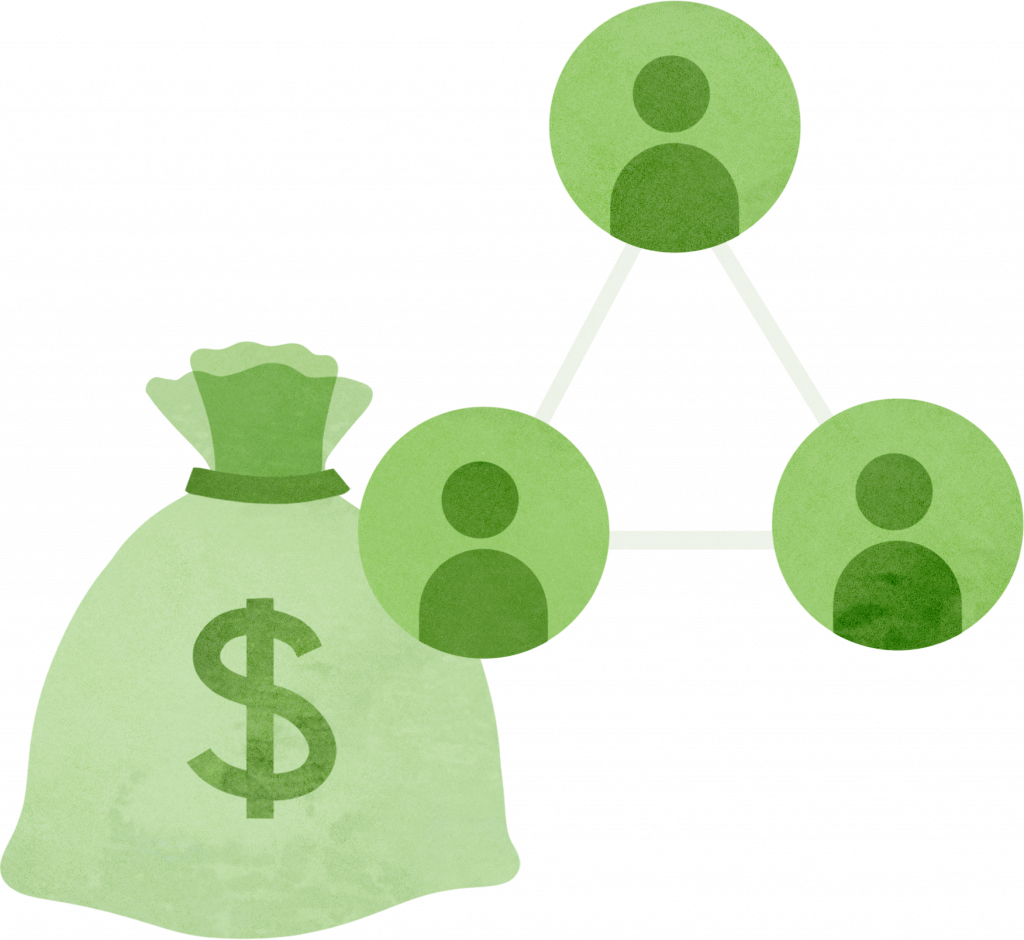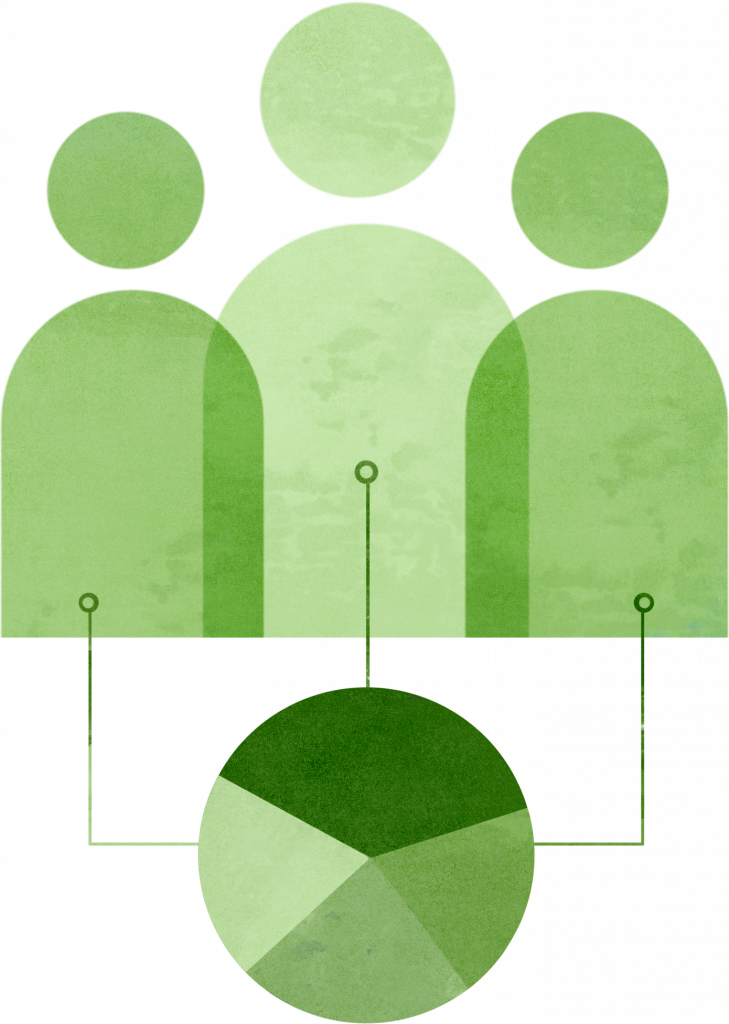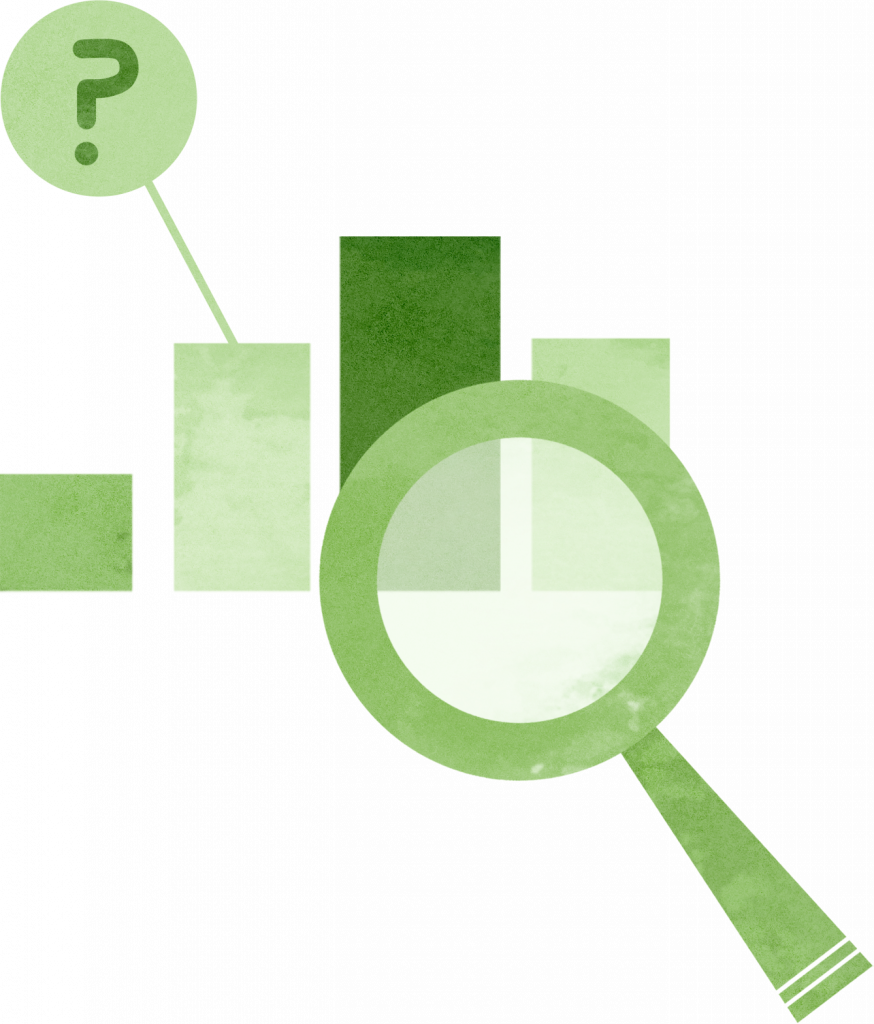How can the public sector support citizen science efforts?
Organisations that engage in citizen science endeavours face numerous challenges. Access to adequate funding in this ecosystem is difficult, and even with access to funds, organisations tend to spend a lot of it on public engagement and promoting their efforts in a bid to involve a greater number of people in their activities. And when they manage to collect a sufficient amount of data, many citizen science organisations also face the problem of the data either being discredited or disregarded for use in designing accurate and responsive public policy. This is not entirely without reason, as concerns have been expressed within the scientific community numerous times regarding the accuracy of citizen science data. However, these issues are not beyond remedy and, as some public bodies have observed, citizen science can play a vital role in filling crucial data gaps in the public sector.
The public sector, with its ability to address a number of these issues, has a crucial role to play in ensuring the promotion and sustainability of citizen science efforts. This play outlines certain areas through which the public sector can get involved with and support the growth and sustenance of citizen science efforts.
Quicklinks

Challenge e1.1
The public sector’s role in funding citizen science efforts
Similar to the general strategy, specific public sector funding for citizen science efforts can address numerous issues. Set out below are a couple of strategies that public sector actors can follow to improve funding towards citizen science efforts.

Strategy e1.1.1
Instituting citizen science funding programs

Funding citizen science efforts can have multifaceted benefits to the public sector beyond just filling data gaps. This of course serves as a primary benefit as funding can aid existing efforts and encourage fresh citizen science efforts that can fill critical gaps faced by the public sector, as noted by the National Statistical Offices of Kenya and Ghana. Funding can also address other issues that are faced within the realm of citizen science efforts.
Guaranteed funding for specific focus areas can ensure that citizen science organisations do not pivot to a different area. As a condition precedent to providing funding, actors should require grantees to sign contracts that stipulate certain conditions that will ensure basic levels of data quality, citizen protection as well as settle matters relating to intellectual property of the data collected. While public sector actors should look to fund models that have the potential for scaling or implementation in different contexts, this must not serve as an overriding concern, as data collection in certain areas can require specific types of models.
Example
Multiple national governments have funds set up with the specific objective of funding citizen science efforts. Prominent examples include CitizenScience.gov in the United States (which provides a catalogue of federal funding opportunities and ongoing citizen science initiatives) and Citizen Science Grants in Australia. Multiple public sector actors in the United States have also set up sectoral funding for citizen science efforts, such as the CitSci Fund by the US Department of Agriculture’s Forest Service, designed to involve citizens in better management of forests and conservation of resources. NASA’s Citizen Science for Earth Systems Program (CSESP) funds citizen science efforts to enhance NASA’s Earth observing endeavours. This is a specific fund set up by NASA within its broader Citizen Science Projects program. These websites are also key resources that provide a glimpse into the way the contracts with grantees can be structured.



Strategy e1.1.2
Instituting citizen science funding programs

While the private sector does have a history of funding community-oriented programs in the environment space, these efforts can sometimes skew away from meaningful citizen participation. Citizen science efforts can address these issues, and encouraging private entities to fund such efforts can boost their growth and sustainability.
Example
Corporates are already funding citizen science efforts in various parts of the world. e-Mammal India is an effort by the organisation Sahyadri Nisarga Mitra that seeks to promote scientific understanding among children of age group between 11-14 predominantly from rural and tribal schools of Maharashtra, India while also obtaining crucial information regarding elephants. By training students to install and use camera traps, the project documents the population size, activation patterns and habitat use of elephants in the area. The project is supported by ICICI Bank Ltd. While the Indian Companies Act, 2013 provides that funding by corporates for “ensuring environmental sustainability, ecological balance, protection of flora and fauna, animal welfare, agroforestry, conservation of natural resources and maintaining quality of soil, air and water” as a valid activity for CSR funding, a specific call out to citizen science efforts that aid the aforementioned aims would be a welcome addition that encourages corporates to fund citizen science activities.

Challenge e1.2
Partnerships and engagement with communities
Strong engagement by the public sector with communities for citizen science efforts can serve to aid both public sector actors and communities gain a better understanding of environmental issues. However, as was pointed out by experts we spoke to from organisations such as the NRDC and WaterCAN, public sector actors can be very hesitant or averse to engaging with communities or partnering with community-level organisations.
Involving the community in data collection efforts can help provide the community with a stronger understanding of the issue they are facing, along with possible causes and / or impacts arising from it. Data collection efforts carried out by community members also help spread awareness within the community and in cases can also see communities themselves alter their decision making and planning in order to tackle some of these issues. Strong engagement of the community by the public sector in data collection efforts that then translate to responsive policy outcomes serve to strengthen trust between the community and public sector actors. For the public sector, citizen science data can be a valuable source of information for policy making and can contribute to policy formulation, implementation, monitoring and evaluation. However, data quality is critical in the context of policy making – and actors need to ensure the quality of data and assess whether they are fit for purpose in order to make informed decisions.



Strategy e1.2.1
Instituting citizen science funding programs

While citizen science efforts are gaining traction, a barrier to broader engagement is the lack of accessible literature on how citizens can help and participate and tools that allow them to contribute. A large portion of literature tends to be oriented towards scientists with training and are thus too technical for average citizens. Similarly, many tools used for data collection or monitoring tend to require a degree of knowledge. Even a repository such as github, which is considered quite basic by those in the science community, can be difficult to navigate for average citizens. Designing guides, playbooks and toolkits that provide easy to understand information on the methods of data collection, how to use the relevant tools, and the ways the data will be put to use can vastly improve community participation by lowering the knowledge barrier to entry.
Example
The United States Environmental Protection Agency has a repository of information directed towards empowering citizens to involve themselves in collection of environment data. This includes a Citizen Science Central Toolkit, guide on hazardous air pollutants, quality assurance methodology, and a guide with a general description of several different types of air monitoring and sampling equipment.

Strategy e1.2.2
Incorporating community generated data and learnings in policy measures

Collecting data that is then not put to use, or does not result in change in policy can often be a demoralising effect on citizens – disillusioning them and reducing participation in future citizen science efforts. While this is outlined further in the next area, proper utilisation of reliable data generated by citizen science efforts to inform policy can serve to encourage citizen participation in citizen science efforts. This demonstrates to them that the public sector actors are willing to accept the data collected by the citizens and take the required action on this basis, thus empowering them to further participate in actively making their community better. It can also encourage communities in other areas to undertake similar efforts while serving as proof of concept to other public sector actors to engage with more communities.
Example
Owing to a paucity of observed data due to the limited number of weather stations, the Ghana Meteorological Agency (GMA) faced issues in providing accurate weather forecasts and verification. To combat this, the GMA launched Whatsapp based platforms called “Let’s Talk Weather in Ghana” where citizens can provide information on weather forecasts and feedback on weather events in Ghana. This feedback is then used by GMA to evaluate and verify forecasting data, and the information from citizens has helped the GMA fill in gaps. Crucially, citizen scientists were happy to see that their photos and observations contributed to the GMA weather forecast capability, with increased interest in this effort leading to a growth in the number of Whatsapp groups. It also led to an increase in the trust between the GMA and local citizens.


Strategy e1.2.3
Collaborating and co-designing at the planning stage of the citizen science project

Policy makers need to make an assessment on how a citizen science approach can contribute to the policymaking process. Based on this assessment, the decision to involve and co-design can be taken and management mechanisms can be formulated. This assessment must ideally involve a cost-benefit analysis taking into consideration factors such as impact of the project, time, resources and expertise required. Most importantly, policymakers must factor in sustainability and the long-term impact for society.
Therefore, it becomes imperative for policy makers to think through different pathways of change during the planning stage as part of results-based project design. This deep collaboration and co-designing can ensure meaningful engagement between citizens and the public sector thereby aligning objectives of those participating in the project as well as that of the policymakers. Independent bodies like NGOs can facilitate this building of trust between policymakers and the public. This puts a clear responsibility on citizen science practitioners and policymakers to manage participants’ expectations and not overpromise the impact an initiative will have.
Example
COBWEB is an example of a citizen observatories platform for data collection and sharing that uses standards and interoperability principles. The Welsh government has been involved since the start of COBWEB and contributes the views of government and decision makers to the development of the project. D-Noses, a citizen science project that built odor maps was a result of collaboration between local governments and other stakeholders The Scottish Environment Protection Agency (SEPA) has developed best-practice guidance on appropriate design of citizen science projects to support public authorities and access to citizen science design tools. It also identified where citizen science efforts could contribute to regulatory efforts of the public sector.


Strategy e1.2.4
Contextualising data and maintaining quality data standards
Policy makers need to evaluate the value of citizen generated data by taking into consideration quality, interoperability, format and scalability. To ensure a minimum standard of data quality, a plan or protocol must be set out. Policymakers need to make sure that validation and quality assurance methods are employed. They need to be aware of and take into account potential biases while making decisions. Further, for the data to be relevant for policy, it has to be highly contextualised and adapted to the level of intervention. The use of metadata and established spatial data infrastructure (SDI) initiatives can increase accessibility, openness and support the uptake of data across various scenarios and add immense value to decision makers. More extensive metadata is helpful to communicate the ‘known quality’ of the data. The policymakers need to record this metadata using a published standardised approach that allows assessment of the project.
Example
In the UK, the Environmental Observation Framework (UKEOF) has formed a citizen science working group to share good practice and improve environmental data quality. It has a step-by-step guide on a tool to assess the costs and benefits of citizen science

Challenge e1.3
Instituting citizen science funding programs
A lack of easy access, and in many instances any access, to public sector scientific data is a hurdle to citizen science efforts. Availability of public sector data to the public would also encourage transparency – thereby improving trust – as well as improve the reliability of data. However, very few public sector actors have made their data sets public, and in cases where they have, there are gatekeeping criteria that often make access problematic and a bureaucratic process.



Strategy e1.3.1
Creating a digital ecosystem-based infrastructure that leverages access to public sector data and enables open data exchange between public sector and citizens

Data held by the public sector must be released and made accessible to the community to streamline and improve widespread reporting efforts in citizen science. This would encourage transparency and enhance reliability of data- enabling policymakers to fully integrate citizen generated data into their official datasets to inform their decisions. A collection of these resources, when made available to the community, not only builds trust but also empowers them to lobby for better action by the government.
Example
The EPA includes actions on how to contribute to streamline environmental reporting as well as how to share information on best practice and lessons learned among its members. The US Government’s environment justice tool is one of its kind open-source tools and provides public forums to have discussions to discuss what data should be included and help troubleshoot issues. Government agencies solicited input from the public on finding reliable data sources to measure metrics such as pollutant levels. Green Paper Citizen science strategy for 2020 in Germany presents the understanding, requirements and potentials for citizen science. Germany developed a central citizen science platform which helped in building the citizen science community in Germany, in collaboration with the capacity-building program for citizen science, GEWISS. It includes various support tools, such as guidance and development of quality procedures for citizen science projects.

Strategy e1.3.2
Integrating citizen generated data into official datasets

Botellón no me deja dormir, is a platform that mentions the benefits of having a collection of resources that people can trust – necessitating the need for policymakers to have API platforms and to enable sharing, calibration methods and cleaning the data to make it more robust. While assessing the value of data produced, especially in low-income communities – the government must look at it as a means of empowering and engaging communities. Therefore, rather than necessitating adherence to rigorous protocol and sustaining them for long periods of time – citizen science projects can behave as tools to lobby for better services and data collection by government agencies as these projects would be best positioned to identify gaps in the public sector data collected. The need of the hour is to meet the citizen science projects halfway to effectively leverage instead of bombarding these initiatives with additional monitoring process requirements.
Example
The European Biodiversity Observation Network (EUBON) showcases how the public sector sought to fully integrate biodiversity data into decision making. The Scottish Environment Protection Agency (SEPA) developed best-practice guidance on appropriate design of citizen science projects to support public authorities and access to citizen science design tools. It also identified where citizen science efforts could contribute to regulatory efforts of the public sector.

Challenge e1.4
Questionable veracity of data provided by private entities
Data provided by private entities in the environment space has been repeatedly called into question. Environmental impact assessments (EIAs) which are meant to protect and preserve the environment are failing in this promise. In many cases, approvals are granted despite independent studies contradicting the data provided in the EIAs – leading to increased scrutiny over the credibility and accuracy of EIAs. This in turn calls into question the competence and capacity of regulators to effectively monitor and enforce regulations. Additionally, it also places serious doubts over their independence. This is furthered by attempts, such as in India, to create EIA systems that lack transparency. This is also replicated in mechanisms such as Carbon Offsets where project documents approved by verifying agencies in the US containing misleading information. The situation in this particular case is exacerbated by the fact that verifying agencies are not officially regulated by the US Government.


Strategy e1.4.1
Leveraging data stewards to improve accountability

Be it reduced trust in regulators, or a lack of capacity within government agencies to enforce regulations, the public sector can tap into the potential that data stewards and citizen science efforts provide in ensuring accountability. Trusted citizen science efforts can be empowered to independently verify information provided by private entities in mechanisms such as EIAs or Carbon Offset approval documents – with this providing multifold benefits of ensuring veracity of information provided and building trust in government agencies.
